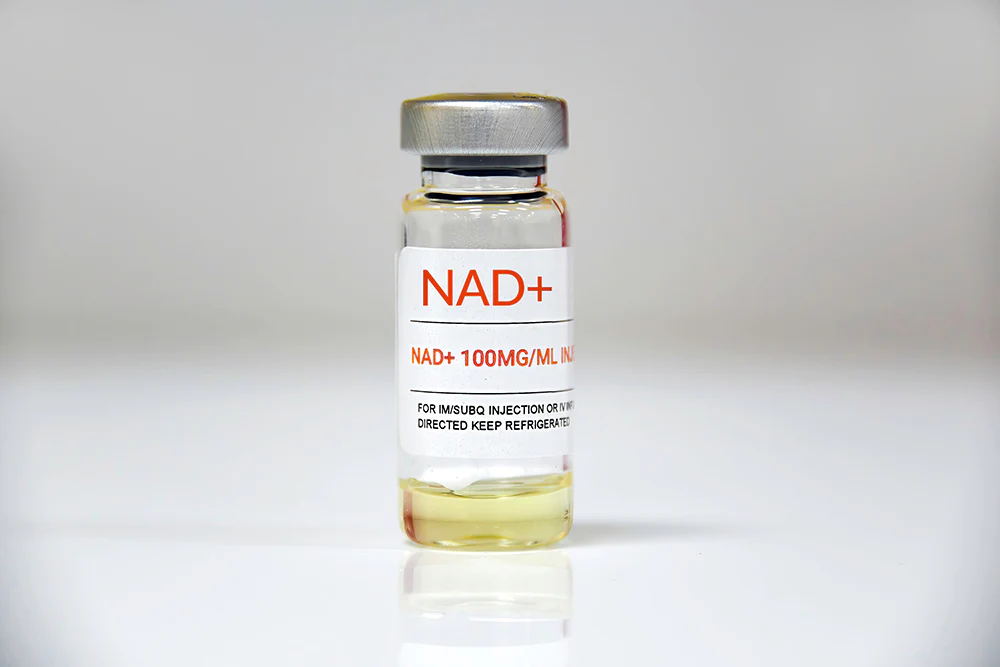Nad injections, also known as neurotoxin or neuromodulator injections, have become increasingly popular in the realm of cosmetic dermatology and aesthetic medicine.
These injections, primarily consisting of substances like botulinum toxin, are utilized to reduce the appearance of wrinkles, fine lines, and dynamic facial expressions. However, the efficacy and safety of nad injections are contingent upon the practitioner’s technique and understanding of proper injection protocols.
By adhering to proper injection techniques, practitioners can achieve natural-looking results that enhance their patients’ appearance while preserving facial expression and mobility. The importance of precision cannot be overstated, as subtle variations in injection depth, angle, and dosage can significantly impact the outcome of treatment.
In this comprehensive guide, we delve into the intricacies of nad injections, focusing on technique, safety measures, and best practices to ensure optimal outcomes for patients.
Understanding Nad Injections:
Nad injections involve the administration of neurotoxins, such as botulinum toxin type A, into specific facial muscles to temporarily paralyze them. By inhibiting muscle contractions, nad injections can smooth out wrinkles and fine lines, resulting in a more youthful and rejuvenated appearance.
These injections are commonly used to address dynamic wrinkles caused by repetitive facial movements, such as frown lines, crow’s feet, and forehead lines.
Furthermore, ongoing education and training are critical for practitioners to stay abreast of the latest advancements and best practices in nad injection techniques. By investing in professional development and staying connected with peers in the field, practitioners can continuously refine their skills and deliver superior outcomes for their patients.

Technique
The key to successful nad injections lies in precise technique. Before beginning the procedure, it is essential to conduct a thorough assessment of the patient’s facial anatomy and aesthetic concerns. This evaluation helps determine the optimal injection sites and dosage for achieving natural-looking results.
During the injection process, the practitioner must use a fine-gauge needle to deliver the neurotoxin directly into the targeted muscles. Careful attention should be paid to the depth and angle of insertion to ensure accurate placement and minimize the risk of complications.
Additionally, practitioners must remain vigilant in their efforts to minimize the risk of complications, such as bruising, swelling, or asymmetry, through meticulous injection technique and proactive management of adverse reactions.The proper injection technique involves administering the nad solution in small, controlled doses to avoid over-treatment and achieve symmetrical results.
Safety Measures
Ensuring patient safety is paramount when performing nad injections. Before proceeding with the procedure, the practitioner should obtain informed consent from the patient, discussing potential risks, benefits, and alternative treatments. It is also essential to review the patient’s medical history to identify any contraindications or underlying conditions that may impact the safety of the procedure.
During the injection process, strict adherence to aseptic technique is necessary to prevent infection and minimize the risk of adverse reactions. This includes thorough hand hygiene, disinfection of the injection site, and the use of sterile equipment and supplies.
Additionally, practitioners should be prepared to manage any potential complications, such as bruising, swelling, or asymmetry, with appropriate interventions and follow-up care.
Patient safety is paramount in the practice of aesthetic medicine, and practitioners must prioritize informed consent, thorough pre-treatment assessment, and rigorous adherence to aseptic technique to minimize the risk of adverse events.
Open communication with patients is essential, ensuring they understand the potential risks and benefits of nad injections and feel empowered to make informed decisions about their care.
Post-Treatment Care:
After “nad” injections, patients should be advised on post-treatment care instructions to optimize results and minimize downtime. This may include avoiding strenuous exercise, excessive sun exposure, and certain medications or supplements that can increase the risk of bruising or swelling.
should also be counseled on the expected timeline for seeing results, as well as the duration of effect, which typically lasts three to four months.
Conclusion
Navigating nad injections requires a combination of technical skill, anatomical knowledge, and commitment to patient safety. By following proper technique and safety measures, practitioners can achieve optimal outcomes for their patients, helping them achieve a more youthful and refreshed appearance with minimal risk of complications.
As the demand for aesthetic procedures continues to grow, it is essential for practitioners to stay informed and updated on the latest advancements and best practices in nad injection techniques.




